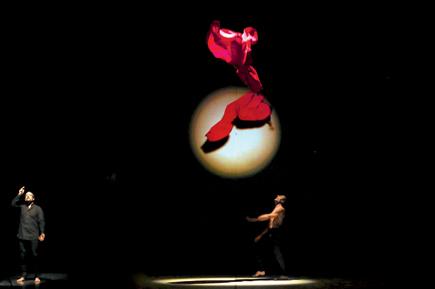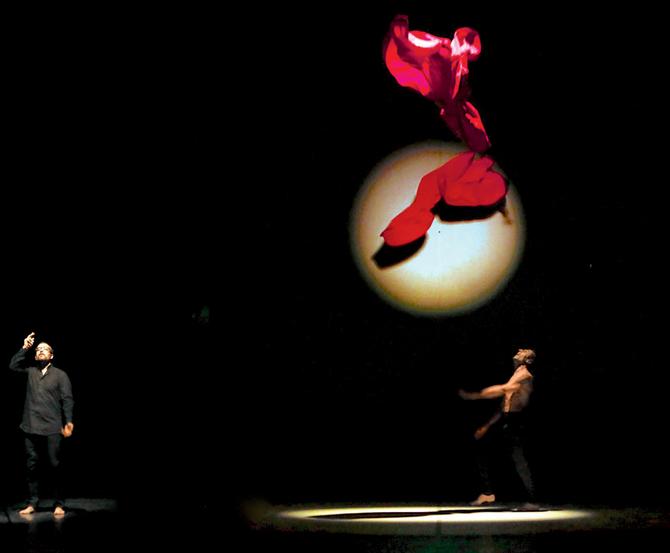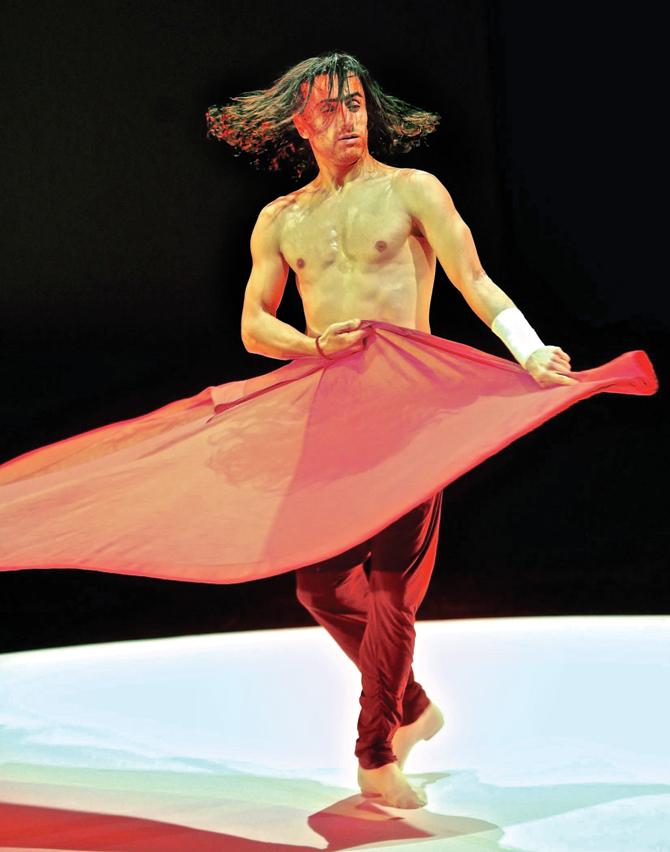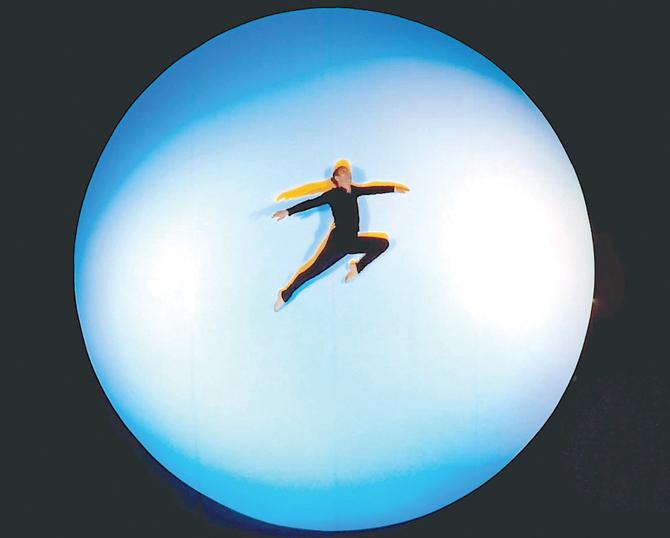Ahead of his performance, Turkish-born Austrian Bolero dancer and choreographer, Ziya Azazi chats about spirituality and technique of the form

![]() An engineer by profession, Turkish-born Ziya Azazi has been dancing professionally for almost 25 years now. “I loved gymnastics, took to dancing and dedicated all my time to it. I moved to Austria from Turkey for a dance project and stayed back,” he recalls over the phone lines from Turkey. His dance productions are based on experimental whirling and repetition. “My dance is a mix of Contemporary Western and Middle Eastern Sufi dancing, merged with spinning. In 1991, I asked myself what dance meant to me. My lineage was oriental but I was performing Western choreographies. This wasn’t me. So, I wanted to find my movement. I realised then that I simplified movements, and I liked repetition,” he shares.
An engineer by profession, Turkish-born Ziya Azazi has been dancing professionally for almost 25 years now. “I loved gymnastics, took to dancing and dedicated all my time to it. I moved to Austria from Turkey for a dance project and stayed back,” he recalls over the phone lines from Turkey. His dance productions are based on experimental whirling and repetition. “My dance is a mix of Contemporary Western and Middle Eastern Sufi dancing, merged with spinning. In 1991, I asked myself what dance meant to me. My lineage was oriental but I was performing Western choreographies. This wasn’t me. So, I wanted to find my movement. I realised then that I simplified movements, and I liked repetition,” he shares.
ADVERTISEMENT

Pics COURTESY/Gianfranco Rota
Of the two acts that Azazi will present, the first one is called Ember and uses fire as a symbol of knowledge. he explains, “In the act, we light up pots on the stage. This squeezes the dancer in the center of the stage. As the performance progresses, dance area reduces, and eventually, he commits suicide. Too much knowledge destroys a civilisation since we don’t know how to use it.” Music for this act was recorded by Mike Ottis. “Mike is terminally ill. Since this act is about death, it was an emotional journey for us,” Azazi confesses.

His second act that comes to India for the first time is Bolero, based on the idea that humans may not survive at this rate of violence. “We need to slow down, think and share resources fairly,” suggests Azazi. In this act, the dancer achieves physical and mental transformation with the movements he makes onstage, for example, he adopts new characters and transforms the environment. “We will be using light, dancing, video and a live version of Maurice Ravel’s Bolero, for this performance,” he explains.

Azazi has performed in over fifty countries, including India, where his first show was in 2012. “Though many cultures are familiar with the concept of spinning, the initial response is always surprise and curiosity. Spinning is religious and ritualistic, and performed at celebrations. I wanted to make it artistic. I have encountered narrow-minded religious people in my country, who feel attacked with an interpretation of spinning. They forget that spinning is a global concept and doesn't belong to any particular culture alone,” he says.
 Subscribe today by clicking the link and stay updated with the latest news!" Click here!
Subscribe today by clicking the link and stay updated with the latest news!" Click here!






